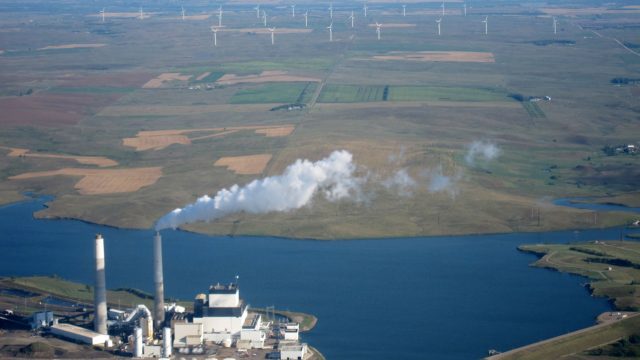Wind Power States, Including ND, See Highest Inceases In Power Prices

Forbes contributor James Taylor used EIA data to find the states with the highest percentage of wind power. North Dakota was among the top ten:
Iowa – 27%
South Dakota – 26
Kansas – 19
Idaho – 16
Minnesota – 16
North Dakota – 16
Oklahoma – 15
Colorado – 14
Oregon – 12
Wyoming – 8
Taylor then calculated the average power price increase in these two wind power states compared to the rest of the country, and what he found is a large contrast.
“The wind power industry claims switching from conventional power to wind power will save consumers money and spur the economy,” writes Taylor. “However, data from the top 10 wind power states show just the opposite. From 2008-2013 electricity prices rose an average of 20.7 percent in the top 10 wind power states, which is seven-fold higher than the national electricity price increase of merely 2.8 percent.”
Here’s how the states ranked:
Iowa – 16%
South Dakota – 25
Kansas – 26
Idaho – 34
Minnesota – 22
North Dakota – 23
Oklahoma – -2
Colorado – 14
Oregon – 16
Wyoming – 33
This isn’t a perfect comparison. You’ll notice that Wyoming had the smallest percentage of wind power but one of the largest increases in power. Still, the correlation between higher percentages of wind energy and higher power prices is real, and not that surprising given how much more expensive and unreliable wind power is compared to traditional alternatives like coal and natural gas.
Public Service Commissioner Randy Christmann has been outspoken his his criticism of North Dakota’s growing reliance on wind power. “The North Dakota Legislature’s objective of 10 percent has long since been surpassed,” Christmann said earlier this year during a hearing on the $180 million Sunflower Wind project, which consists of 59 new turbines to be built in Morton and Stark counties, south of Hebron.
“It disturbs me that we are becoming this reliant on wind. However, thanks to the Administration and specifically the EPA, we’re down to almost zero alternatives.”
That really is the problem in a nutshell. Because of the federal government’s crackdowns, wind is often the only alternative states have for power generation. But that’s pushing these states into higher power prices which have a deleterious impact across the economy.
The cost of living, and the cost of doing business, rise when power prices go up.
Until wind power can become cheaper and more dependable (if that’s possible), regulations that push us toward more of it in our power grids are going to hurt us economically.




